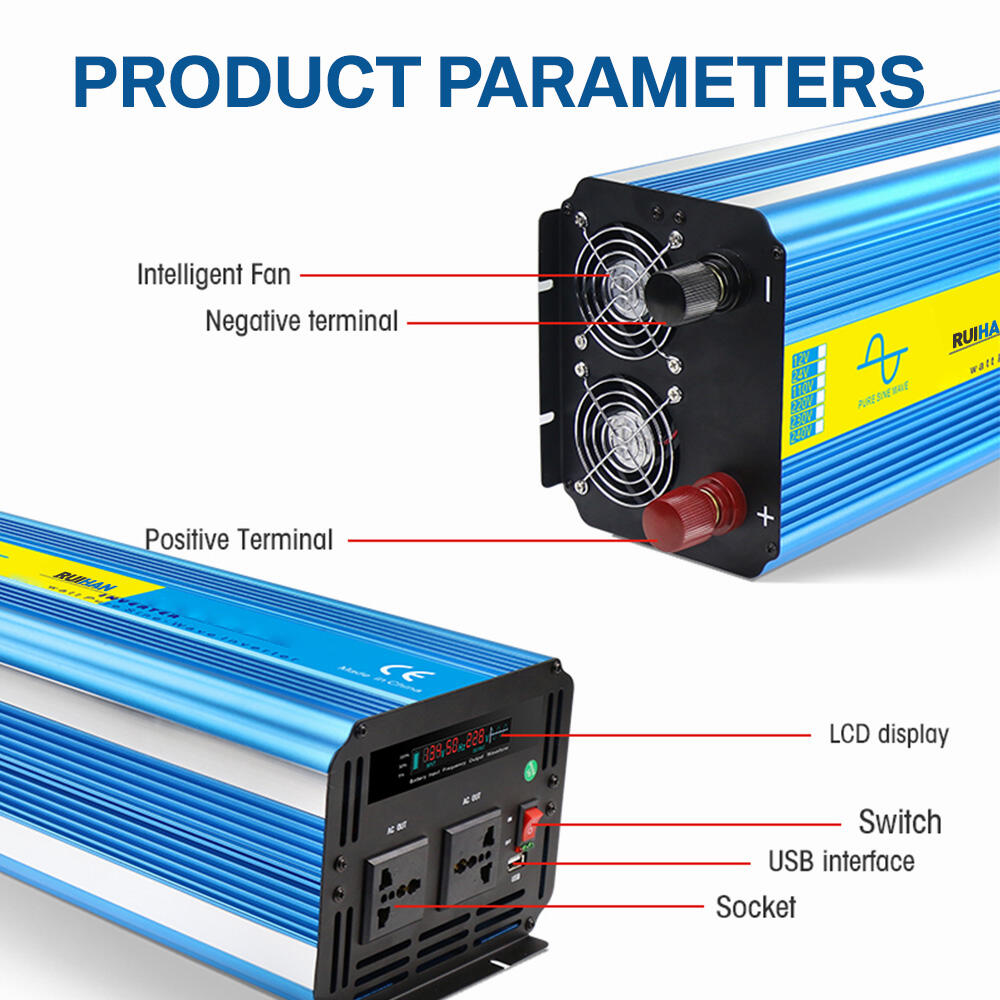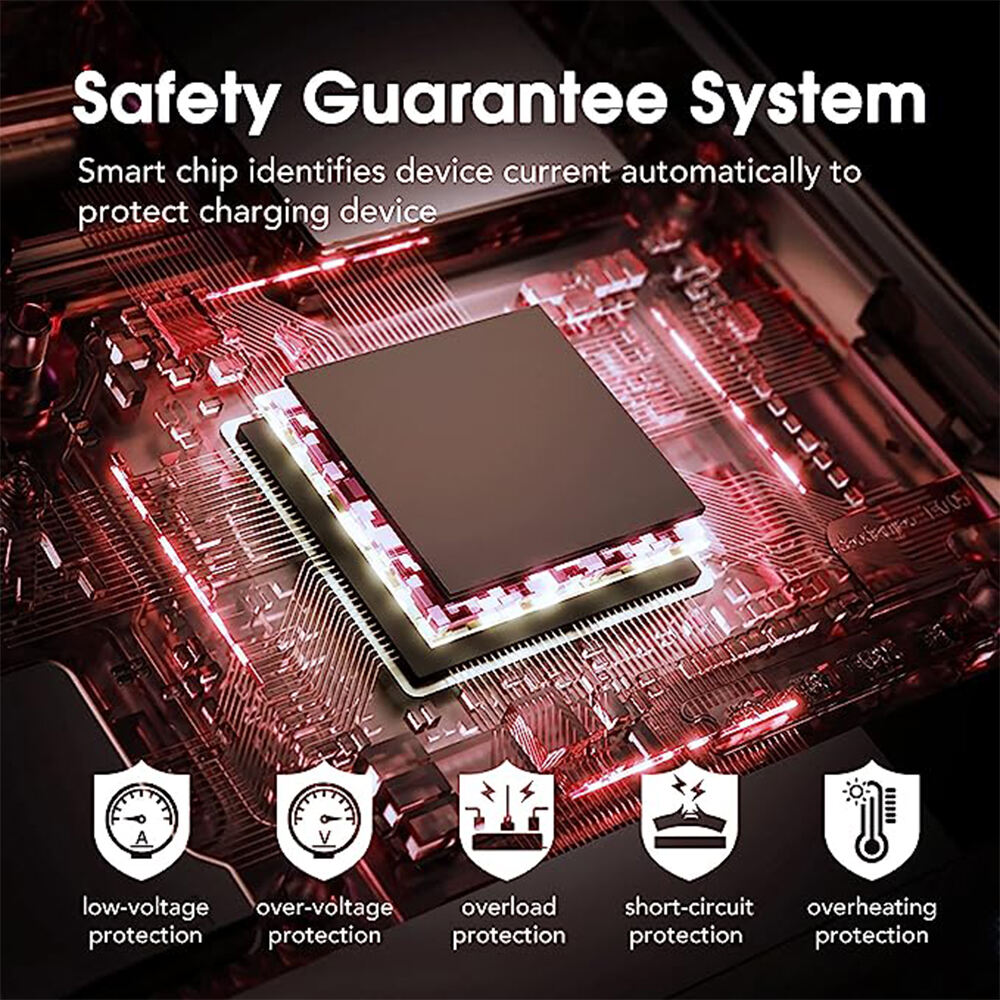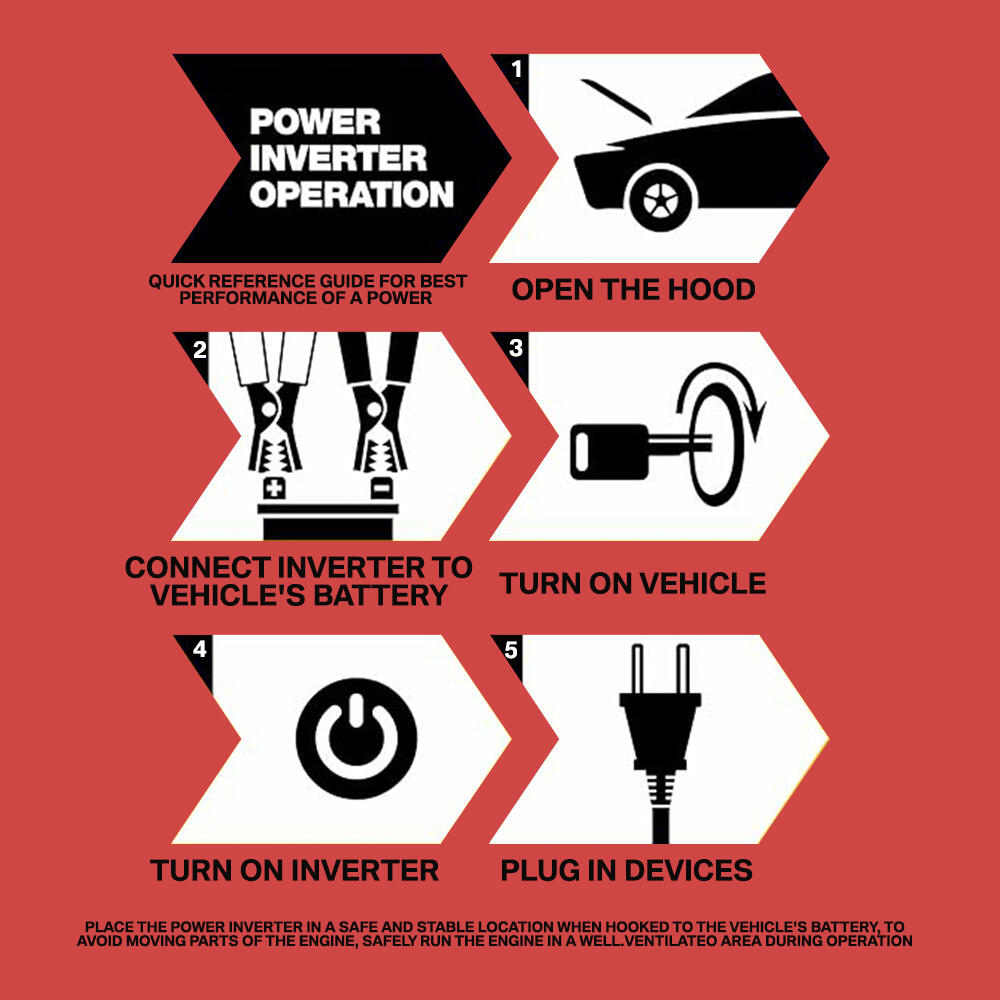Universal DC to AC Conversion
Power inverters are highly versatile devices that convert direct current (DC) power from various sources, such as batteries, into alternating current (AC) power, which is suitable for powering most electrical devices. Whether it's in vehicles, boats, off - grid power systems, or emergency backup setups, power inverters ensure that the DC power stored in batteries can be transformed into usable AC power. This makes them essential for enabling the operation of standard household and industrial appliances in non - traditional power supply situations.


